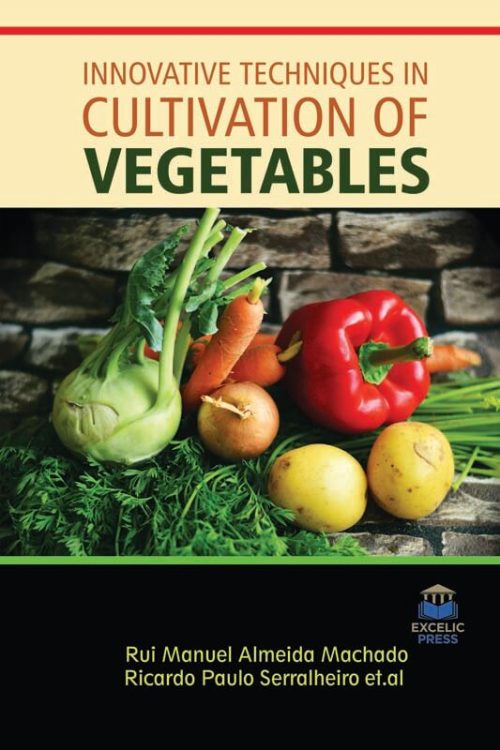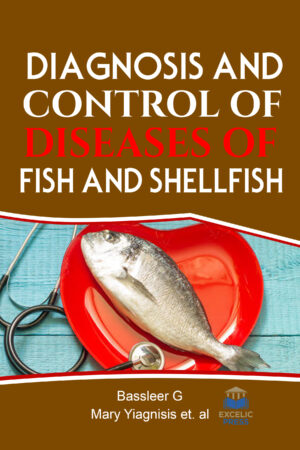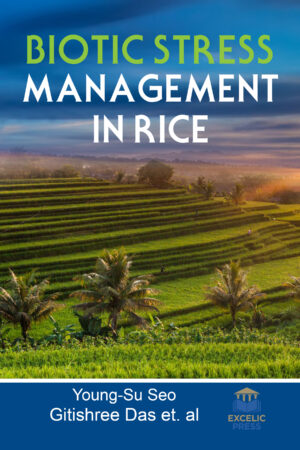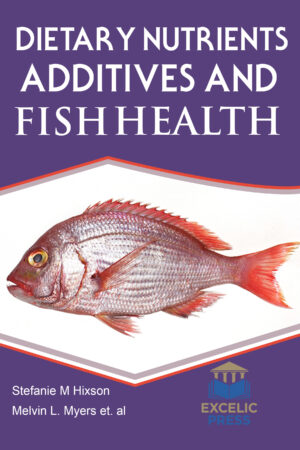Description
Healthy crops are better able to withstand pest and disease pressures, as well as produce a high-quality commercial product. Irrigation management should be geared towards maintaining optimum moisture and nutrient concentrations within the plant root zone. If this goal is achieved, crops will take up their maximum amounts of water and nutrients with minimum wastage. Equally important, excessive irrigation will reduce water use efficiency, as well as require more water and contribute to potentially negative environmental impacts.
The book contains wide-ranging information on the cultivation of vegetables, including site and soil requirements, cultivation, pests and diseases, and cultivars. Salinity is a major problem affecting crop production all over the world: 20% of cultivated land in the world, and 33% of irrigated land, are salt-affected and degraded. This process can be accentuated by climate change, excessive use of groundwater (mainly if close to the sea), increasing use of low-quality water in irrigation, and massive introduction of irrigation associated with intensive farming. The book starts with a discussion on the effects of salinity on vegetable growth and how management practices (irrigation, drainage, and fertilization) can prevent soil and water salinization and mitigate the adverse effects of salinity. Using evapotranspiration (ET) data for scheduling irrigations on vegetable farms is challenging due to imprecise crop coefficients, time-consuming computations, and the need to simultaneously manage many fields. Meanwhile, the adoption of soil moisture monitoring in vegetables has historically been limited by sensor accuracy and cost, as well as the labor required for installation, removal, and collection of readings. Remote sensing of crops using satellite, manned aircraft, and UAV platforms may also provide useful tools for vegetable growers to evaluate crop development, plant stress, water consumption, and irrigation system performance approach in irrigation scheduling of vegetables. Climatic changes can cause serious reductions in yield and crop quality. Under the threat of climatic changes, one of the precautions to cope is the selection and development of resistant vegetable genotypes to abiotic stresses. Several physiological and biochemical reactions and different tolerance levels can occur according to plant species. Further, the book focuses on new trends in the fertigation management of irrigated vegetable crops. Additionally, it covers organic plant breeding, evaluation of non-fumigant pesticides as methyl bromide alternatives for managing weeds in vegetables, herbicide and cover crop residue integration in conservation tillage tomato. It is crucial to recognize how nutrients move and transform in soils after the application for improved application efficiencies and reduced environmental losses.
Therefore, this book attempts to summarize characteristics of sandy soils for vegetable production, clarify pros and cons of different irrigation and drainage systems practiced on sandy soils, and elucidate the nutrient mobility and availability for vegetable production under different irrigation systems specifically on sandy soils, in which the soil environment can greatly differ from other soil types in terms of nutrient dynamics in soil. The application of insecticides through a drip or trickle, an irrigation system is also covered. It is hoped that this book will serve to students, practitioners, scientists, and engineers as well as for those who are involved in the area of horticulture.





